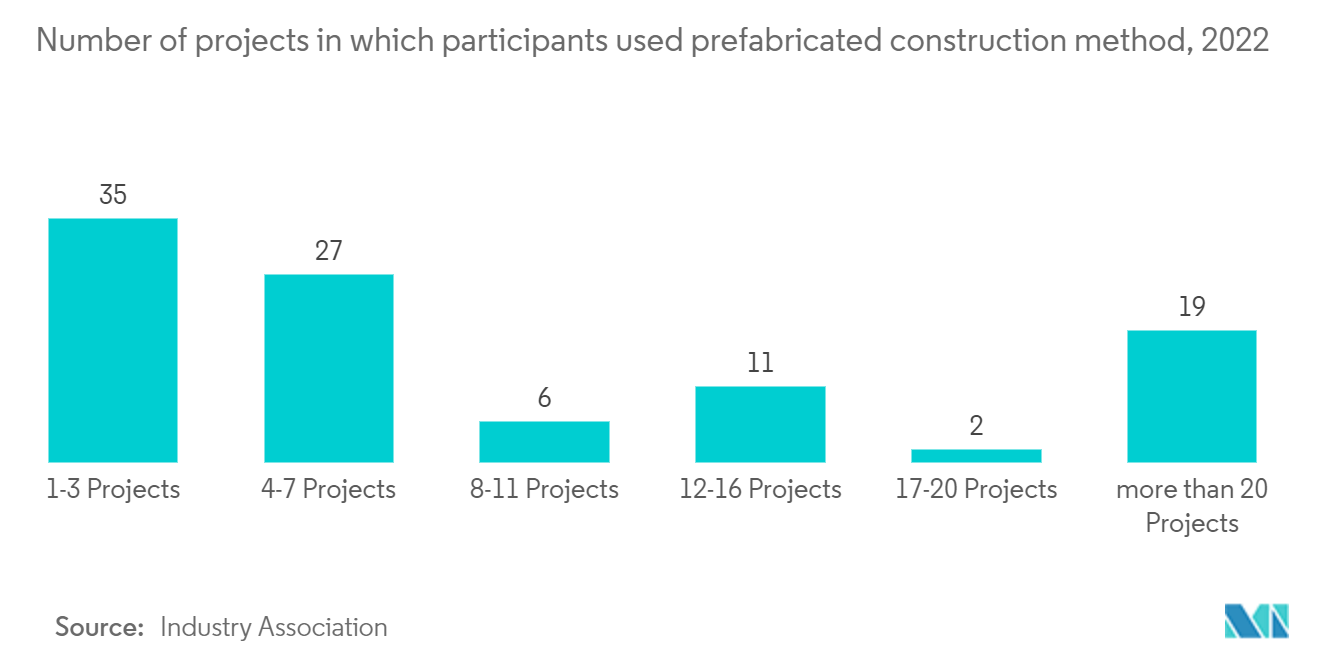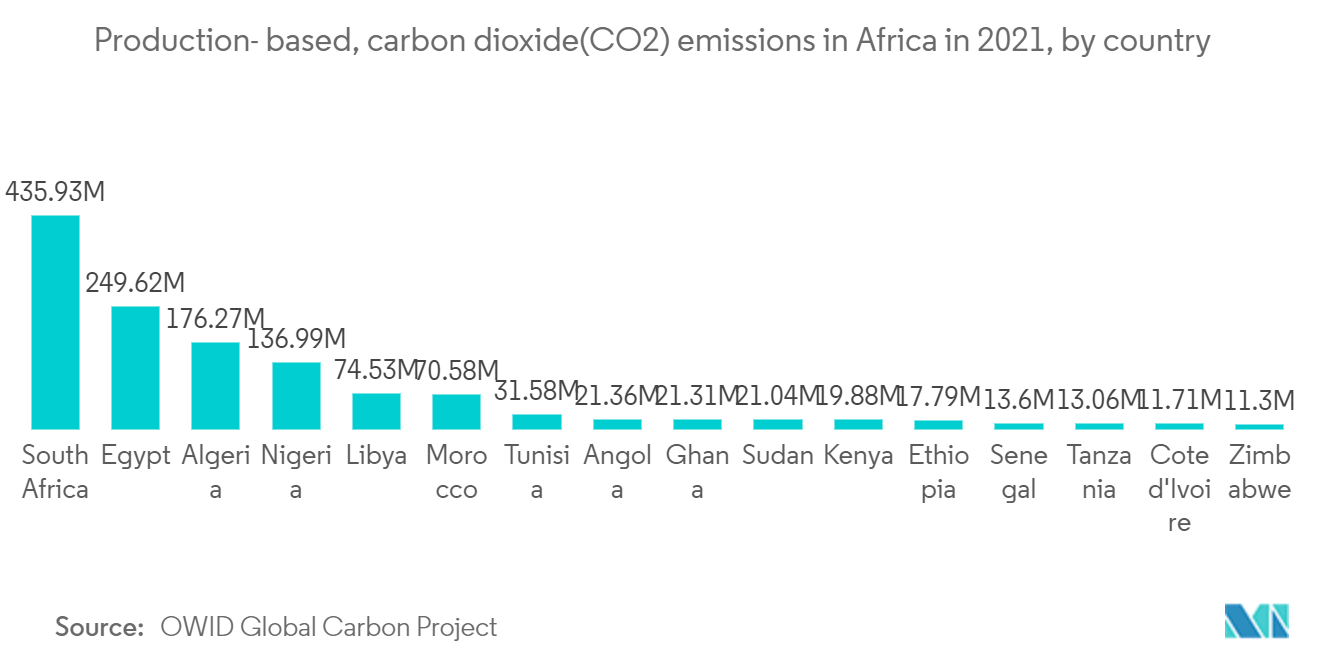Market Trends of Egypt Prefab Wood Buildings Industry
Growing Construction Activities in Egypt
Despite supply chain disruptions in the nation, urbanization needs will continue to influence project decisions in 2023, giving the construction industry in Egypt hope for another year of growth.
Construction contract wins in the Arab country could increase by 18% to USD 23.5 billion in 2023 from USD 19.9 billion in 2022. According to data from an industry association, last year's awards in the building industry totaled USD 9.7 billion, followed by those in the industrial (USD 5 billion) and infrastructure (USD 2.7 billion) sectors. Although the sector offers a lot of chances, Egyptian real estate, and construction firms are hoping for more advantageous macroeconomic conditions this year. Due to currency devaluation, inflation, and supply chain disruptions from the Russia-Ukraine conflict, material prices are rising, and imports are becoming more expensive.
To relax import regulations, the Egyptian Central Bank revoked the prerequisite that importers obtain letters of credit in December 2022.
The action and currency devaluations made it difficult for importers to obtain products or forced them to obtain currency on the black market, ultimately increasing inflation.

Growing emphasis on sustainability
With over 250 million metric tons of CO2 emissions, Egypt came in second, followed by Algeria, Nigeria, and Libya. In addition, South Africa and Libya had the highest per-capita CO2 emissions among the African nations. The pressing need to reduce dangerous carbon dioxide emissions in the environment recently significantly impacted contemporary architecture. The construction industry is one of the economic sectors that uses the most energy globally. Buildings, however, can also act as strong, effective, and relatively quick-acting agents to reduce emissions by drastically reducing their energy use.
Sustainable building frequently focuses on producing renewable energy through technological devices and using fossil fuels energy-efficiently. These actions may be viewed as modifications to an even more convenient construction method, oblivious to the possibility of innovating the structure into an intelligent, responsive, or proactive instrument. One of the industries that use the most resources is construction. In Egypt, buildings use 60% of the country's electricity, emit 8% of the nation's CO2 emissions, and encroach on peri-urban, urban, and rural areas. Building envelopes can become productive in being green and producing energy to make up for these consumption habits. It includes applying functional building systems, such as (a) greening systems like plant and farm systems integrated into buildings and (b) solar energy systems like applied and integrated photovoltaics.


